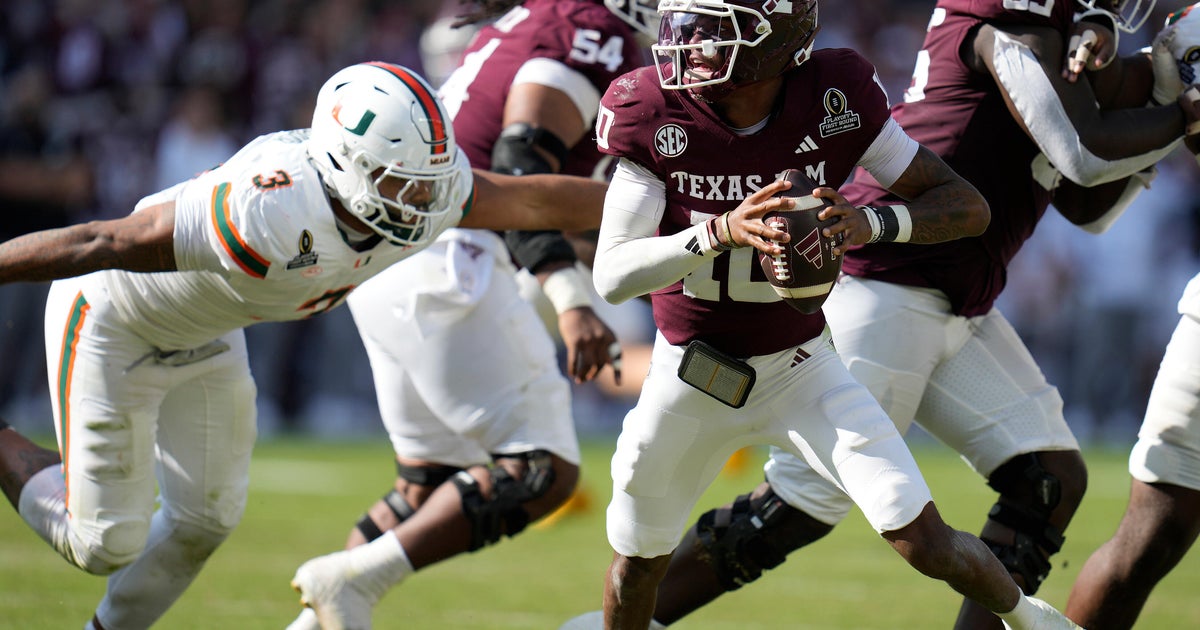A video posted by the Pelican Harbor Seabird Station showing the rescue of a night heron caught in fishing line has drawn more than 13,000 views in less than 24 hours-and renewed attention to the growing impact of fishing-related injuries on native wildlife in South Florida.
Rescue captured on video
The Pelican Harbor Seabird Station, located near North Bay Village, shared the footage on social media, showing the bird dangling from a tree as volunteers coordinated their rescue plan.
“We don’t know how long the bird had been there. He was alive. You could see he was alive because he was trying to fly away and release himself,” said Marianna Niero, the station’s communications manager.
Despite their efforts, the night heron did not survive. Niero said such rescues have become almost a daily occurrence at their center off the 79th Street Causeway.
Human impact behind most injuries
So far in 2025, the station has rescued 1,047 animals. According to the organization, 90 percent of those injuries are caused by human activity-most of them fishing-related.
“I can tell you that 70 percent of our seabirds come in with some kind of injury or sickness that is due either to fishing line or a fishing hook. Or something related to fishing,” Niero said.
Pelicans, seagulls, and night herons are among the most frequent patients. In one case, a bird returned with an orange band on its leg, indicating it had been treated at the facility before.
Plea for responsible fishing
Niero emphasized the importance of simple actions that could prevent these injuries.
“For people who go out and fish to just dispose properly of their fishing gear because it’s super dangerous for wildlife,” she said.
She also noted that South Florida’s ongoing development is making matters worse, with habitat loss forcing animals into closer contact with people and urban hazards.
“With much of the habitat being dismantled for development, animals get caught in the crosshairs of everyday human life,” she said.



